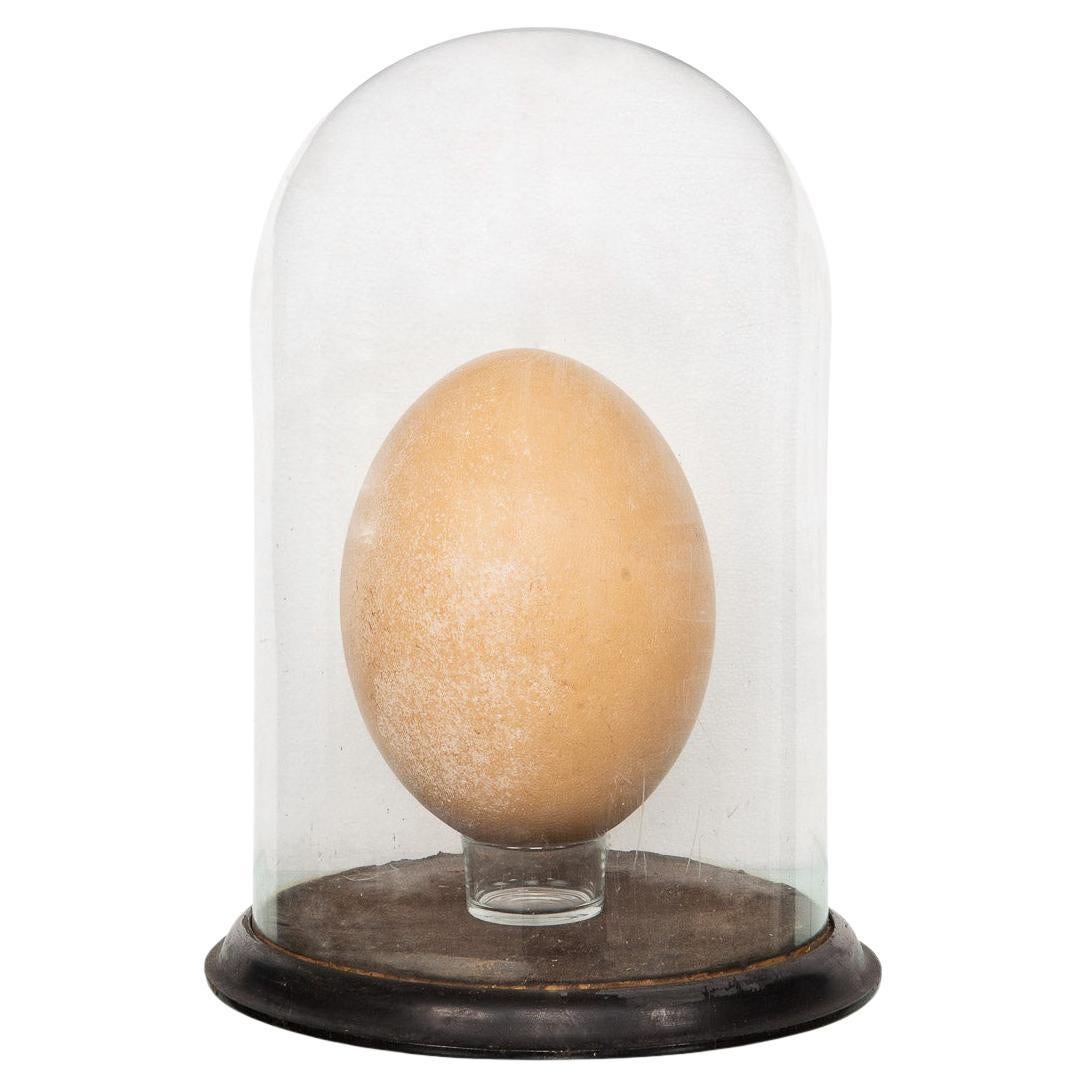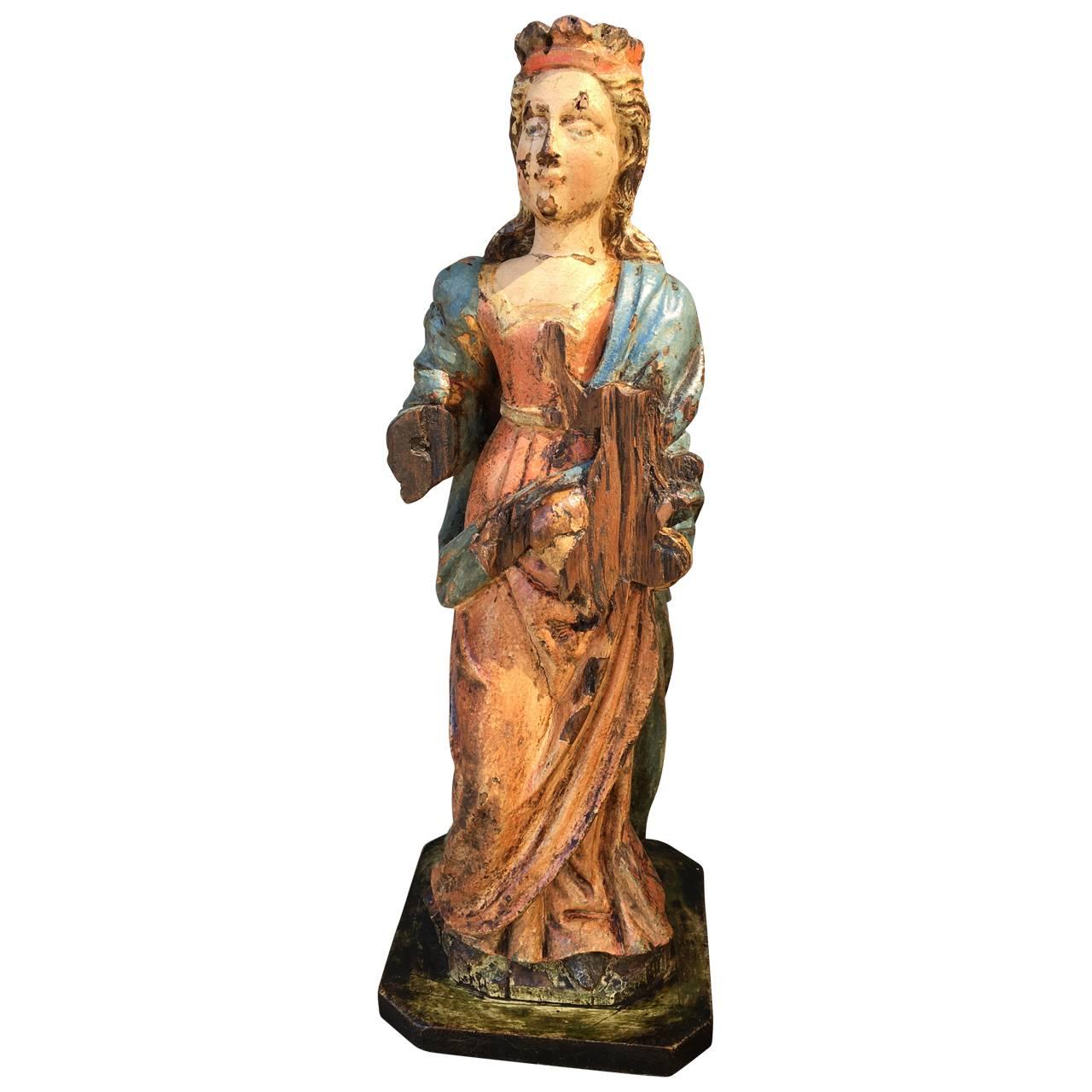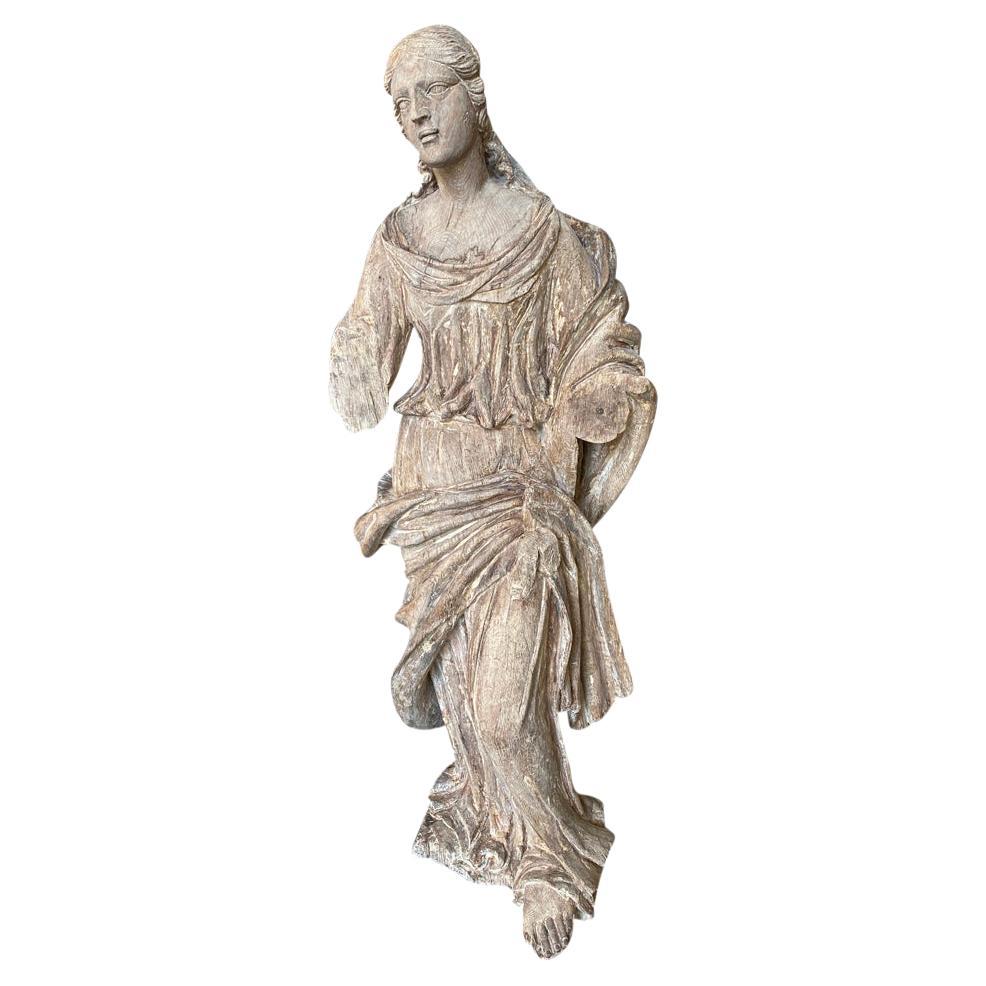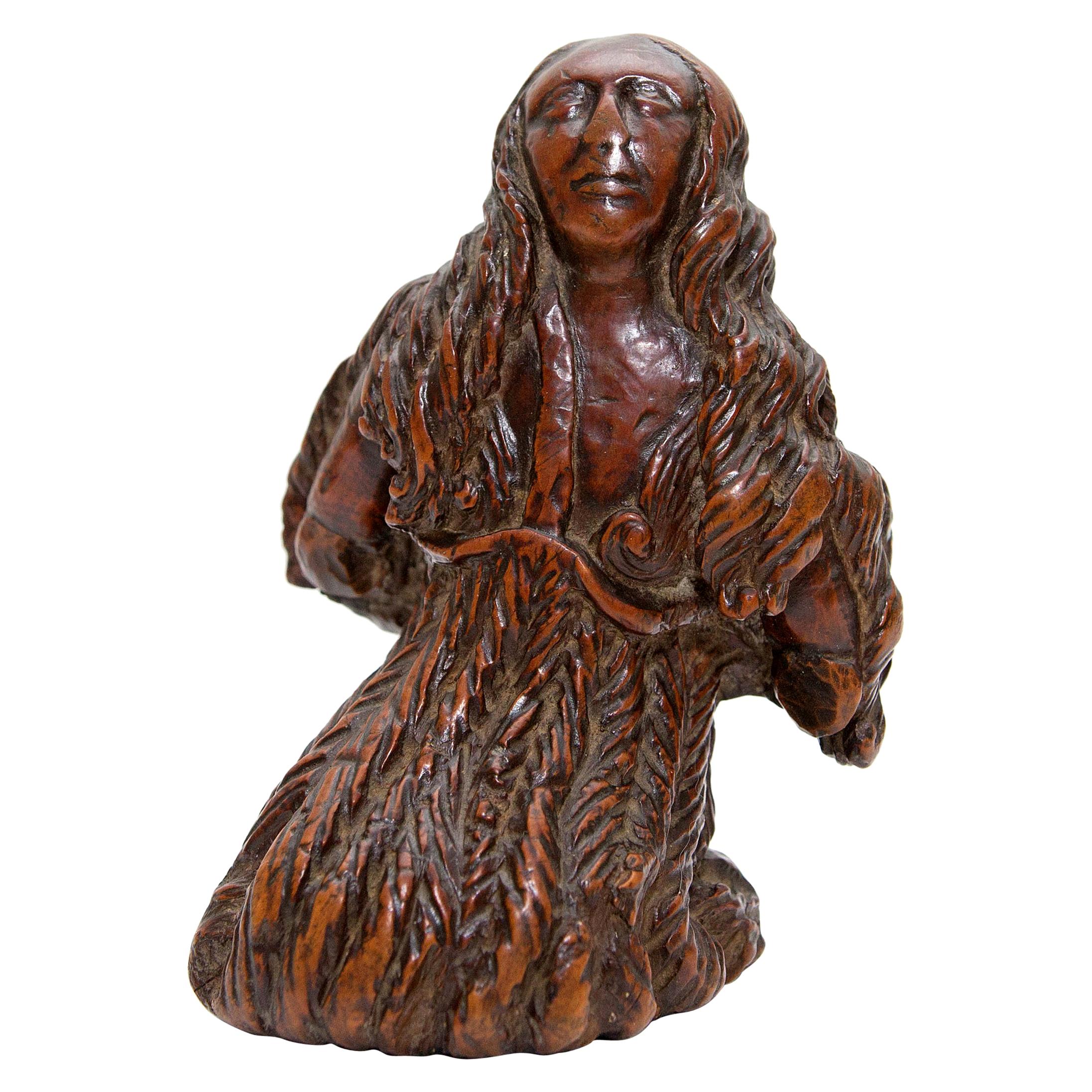Items Similar to Pre-17th Century Extremely Rare & Complete Elephant Bird Egg, Madagascar
Want more images or videos?
Request additional images or videos from the seller
1 of 20
Pre-17th Century Extremely Rare & Complete Elephant Bird Egg, Madagascar
About the Item
An extremely rare elephant bird egg, completely intact. The Elephant Bird, formally categorised as Aepyornis Maximus, is an enormous flightless bird native to Madagascar. Standing as high as 3.4 metres and weighing up to 500kg, the Elephant Bird was undoubtedly the largest bird ever to have lived. Compared to even the largest modern ostrich (up to 8 feet high and weighing 300lbs) it was far taller and thicker-set with its far more muscular legs. A comparable species in terms of size is the Moa of New Zealand, which are also now extinct. The Elephant Bird roamed the plateaus and forest of Madagascar until their extinction sometime between the 14th and 17th centuries.
Perhaps unsurprisingly given their gargantuan size, the Elephant Bird was originally believed to have been the giant flying beast known as the Roc (or Ruhk). This legendary bird of prey is perhaps a distorted version of Aepyornis Maximus, immortalised in the tales of Sinbad and accounts of Marco Polo's voyages. In Sanskrit epics the mythic bird Garuda carried a battling elephant in its talons, which is how the species received its colloquial name. Despite this association, the Elephant Bird’s diet instead comprised forest fruits.
The egg of an Elephant Bird is a seldom seen specimen. Rarer still are examples with complete and intact shells like the present lot. Fewer than 40 such eggs populate public collections around the world. One reason for the rarity of these eggs would have been their culinary appeal for the human settlers of Madagascar. A single Elephant bird egg could easily feed a large group, and as a result they were highly sought after for nourishment. Their redefined status as a desirable food source for humans almost certainly contributed to their extinction. These curved eggs, with their cream or pale hues and gently perforated shells, are not only visually beautiful, but an enduring symbol of a creature revered in both science and legend.
This is one of then largest examples to have ever come on the market and it is in sublime condition. For any enthusiast of Wunderkammer (chamber of curiosities), the natural world, or simply a collector of ultra-rare items bound to appreciate in value over time, this is an item worth looking to invest in. Sir David Attenborough was given an elephant bird egg whilst in Madagascar over 40 years ago but even the one he owns is not an intact one. Almost all the elephant bird eggs being traded around the world today are made up of sections of egg pieced back together. Eggs like those in possession of Sir David Attenborough are still very much sought after as (despite being broken) they have been put back together using only a few pieces of the original egg. The more pieces that have been used the lesser the value. It is so rare to find a whole egg, never before been broken, that they command seriously high prices when they change hands today. The world record price at auction for one of these eggs was achieved in 2014 when Christies, London sold for £122,500 (Travel, Science and Natural History Sale, 10th April 2014).
Comparative literature: Balanoff, A.M. & Rowe, R., ‘Osteological Description of an Embryonic Skeleton of the Extinct Elephant Bird, Aepyornis’, Society of Vertebrate Paleontology Memoir, Vol.9 (2007) Fig.6, p.9"
Condition:
In great condition, no damage.
Important information: the egg originally had three small holes. It is more than likely that these holes (original to the egg) were done by humans at the time of its discovery in order to access its nutritious contents. We have photographs of the egg before the holes were restored/filled. The sympathetic restoration involved a complex process which will be shared with the buyer should he or she require further details.
Size:
Height 32cm
Width 22cm.
- Dimensions:Height: 12.6 in (32 cm)Diameter: 8.67 in (22 cm)
- Materials and Techniques:
- Place of Origin:
- Period:Early 17th Century
- Date of Manufacture:Pre-17th Century
- Condition:Additions or alterations made to the original: Important information: the egg originally had three small holes. It is more than likely that these holes (original to the egg) were done by humans at the time of its discovery in order to access its nutritious contents. We have photographs of the egg. Wear consistent with age and use. Minor fading. In Great Condition - no damage. Important information: the egg originally had three small holes. It is more than likely that these holes (original to the egg) were done by humans at the time of its discovery in order to access its nutritious conte.
- Seller Location:Royal Tunbridge Wells, GB
- Reference Number:
About the Seller
5.0
Platinum Seller
These expertly vetted sellers are 1stDibs' most experienced sellers and are rated highest by our customers.
Established in 2014
1stDibs seller since 2015
376 sales on 1stDibs
Typical response time: <1 hour
- ShippingRetrieving quote...Ships From: Royal Tunbridge Wells, United Kingdom
- Return PolicyA return for this item may be initiated within 14 days of delivery.
More From This SellerView All
- Pre-17th Century Extremely Rare & Complete Elephant Bird Egg, MadagascarLocated in Royal Tunbridge Wells, KentAn extremely rare elephant bird egg, completely intact. The Elephant Bird, formally categorised as Aepyornis Maximus, is an enormous flightless bird ...Category
Antique Early 17th Century Malagasy Taxidermy
MaterialsEggshell
- 17th Century John Speed Map of Denbighshire, c.1610By John SpeedLocated in Royal Tunbridge Wells, KentAntique early 17th century British very rare and original John Speed, hand coloured map of Denbighshire, dated 1610, by John Sunbury and George Humble. John...Category
Antique 17th Century British Maps
MaterialsWood, Paper
- Antique 17th Century Limoge Signed Plaque Of A Madonna PrayingLocated in Royal Tunbridge Wells, KentAntique 17th Century French painted porcelain wall hanging plaque portraying the Madonna in prayer against a radiant sunburst backdrop. Intricately painted with foliate patterns ador...Category
Antique 17th Century French Other Religious Items
MaterialsPorcelain
- 17th Century John Speed Map of the Barkshire Described, c.1616By John SpeedLocated in Royal Tunbridge Wells, KentAntique 17th century British very rare and original John Speed (1551-1629) map of the Barkshire Described, J. Sud and Georg Humble, publication (1616 or lat...Category
Antique 17th Century British Maps
MaterialsPaper
- 19th Century Victorian Black Forest Nativity Sheep, c.1890Located in Royal Tunbridge Wells, KentAntique 19th Century Victorian Black Forest carved figures of sheep used as props from a christmas nativity. Such items were usually bought back by tourists from the Swiss / German b...Category
Antique 19th Century British Victorian Models and Miniatures
MaterialsWood
- 17th Century John Speed Map of Kent with Her Cities & Earles Described, C.1676By John SpeedLocated in Royal Tunbridge Wells, KentAntique 17th century British very rare and original John Speed (1551-1629) map of Kent with her Cities and Earles described and observed, Thomas Bassett & ...Category
Antique 17th Century British Maps
MaterialsPaper
You May Also Like
- Early 17th Century SculptureLocated in Copenhagen, KAmazing Baroque sculpture of a woman wearing a crown in original paint. Her hands are missing. Colors are untouched, recently cleaned off from a thick dark coating, I have images fro...Category
Antique Early 17th Century French Baroque Figurative Sculptures
MaterialsOak
- 17th Century Statue of a MaidenLocated in Atlanta, GAAn exceptional and stunning French 17th century sculpture of a maiden expertly carved from oak. Marvelous detailing with a beautiful face and movement to the robe.Category
Antique 17th Century French Figurative Sculptures
MaterialsOak
- Italian 17th Century "Mannequin De Presentation"Located in Atlanta, GAA stunning 17th century "Mannequin De Presentation" from Northern Italy. Wonderfully constructed from polychromed wood with a very handsome face, articulating body and sulfur eyes. T...Category
Antique 17th Century Italian Figurative Sculptures
MaterialsWood
- 17th Century Flemish Carving of a Religious FigureLocated in Rochester, NYAntique carving of a saint or martyr. 17th century Flemish hardwood carving. Wonderful wear and rich color.Category
Antique 17th Century European Religious Items
MaterialsHardwood
- 17th Century Spanish Wooden Crucifix Figure SculptureLocated in Marbella, ES17th century Spanish wooden crucifix figure sculpture.Category
Antique Mid-17th Century Spanish Religious Items
MaterialsWood
- 17th Century Spanish Colonial Hispano-Philippine Carved SantoLocated in Forney, TXA scarce 17th century Spanish Colonial carved wood santo with provenance from the National Museum of the Philippines Manila. circa late 1600s A large part of what makes this example so very rare is not just the age and condition, but the saint depicted, San Roque. The Hispano-Philippine (Spanish-Filipinos) hand carved hard wood religious altar figure presents splendidly, with scattered remnants of original gesso and polychrome pigments, the exceptionally sculpted religious folk art depicting San Roque (Saint Roch or Rocco), the 14th century Catholic patron saint frequently invoked against the plaque, various infectious disease, as well as patron saint of dogs, invalids, of falsely accused people, and of bachelors, amongst others. Provenance / Acquisition: Retaining registration - identification label to verso from The Republic of the Philippines (RP) National Museum of the Philippines Manila with hand written registration number. Acquired from highly reputable auction house, Austin Auction Gallery, est. 1982, Austin, Texas. February 2022 catalog. Dimensions: (approx) Overall: 15.75" High, 5" Wide, 4" Deep. Figure: 14" High 1.5lbs Great original antique condition, especially considering it's around 350 years old. Nicely aged patina over the whole. Presented on a later wood plinth base. Typical loss to right arm, minor finish losses, old tiny metal plate added to prevent age related splitting, all wear consistent with age, and only adds to the overall sophisticated character, authenticity, and charming rustic warmth that can only be acquired over long periods of time. We here at Lynx Hollow Antiques absolutely love religious antiques, from an antique altar, church architectural salvaged building and ornamental elements, reliquary, tabernacle cabinet...Category
Antique 17th Century Spanish Colonial Religious Items
MaterialsGesso, Hardwood





